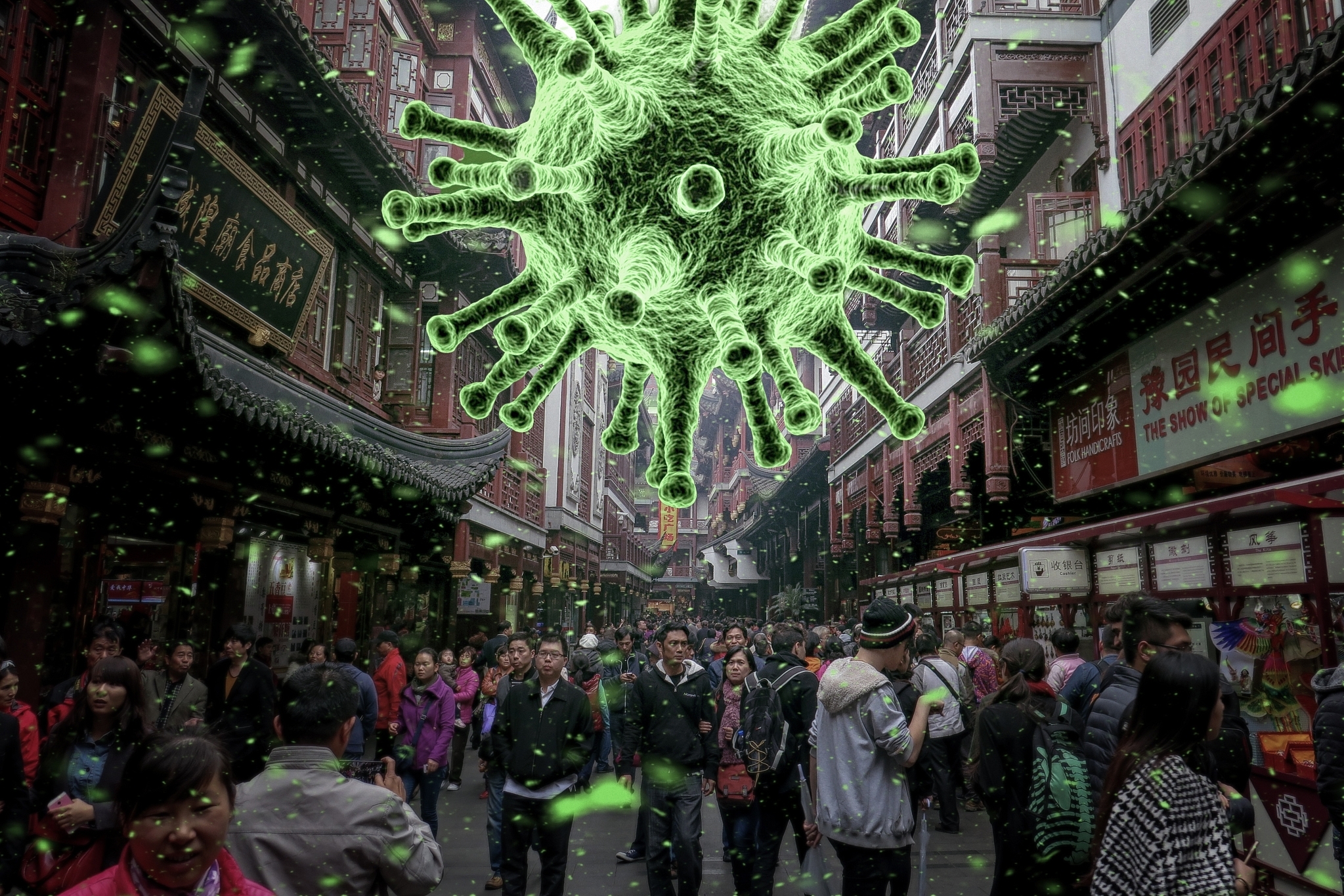Ideas
As India Registers 100 Cases, Here’s One Graph You Should Be Looking At; It Shows How To Slow Down Coronavirus
- Covid-19 spread can be slowed down. Singapore, China, Hong Kong and South Korea have done it. How? This one graph provides the clues.

Coronavirus
As per the latest update from the Ministry of Health and Family Welfare, India has 107 confirmed cases of Covid-19 - 17 Italian nationals, two are dead, 10 are cured and 90 are Indians. Effectively, there are 95 patients who are undergoing treatment in various states of the country.
From two cases on 2 March to 104 today (three were cured and discharged in Kerala last month itself), the growth has been slow and bearable. But every new adds a lot of burden on the state’s resources as teams of health workers go on ‘contact tracing’ hunts for suspected individuals who the infected person may have come in contact with.
Additionally, it takes anywhere between two to four weeks for the infected to be cured. For such a long period, they clog the hospital capacity putting a strain on limited healthcare resources. Since India already has very poor health infrastructure - both hard (hospitals, beds, ICUs, ventilators, etc) and soft (doctors, nurses, other health workers) - it is very critical that the strain on these limited resources is avoided as long as possible.
This will happen when the growth of new cases is slow and the old cases keep getting discharged. In an interview recently, Union Health Minister Dr Harsh Vardhan said that the government has set aside over 17,000 beds for isolation/quarantine for Covid-19 cases. Shouldn’t that mean that we are panicking too much about our capacity when we have only 100 cases? No, because it’s way easier to stop 100 cases from becoming 500 cases than from stopping 500 cases from becoming 1,000.
Hence, earlier a country is able to arrest the growth of new cases, better chance it has of stopping the Coronavirus situation from getting out of control.
This is why this below graph is so important.
As one can see, China, South Korea, Japan, Singapore and Hong Kong have been able to arrest the growth and thus are being hailed as examples to follow for the rest of the world especially the Western Countries which have followed the trajectory of China despite knowing well in advance the importance of “flattening the curve”.
China, South Korea, Japan, Singapore and Hong Kong - all these countries have managed to flatten the curve but there is a difference. China and South Korea saw a daily increase in cases of more than 33 per cent for approximately 15 and 20 days respectively (after crossing 100 cases). That meant they allowed case count to ratchet up to ~ 7,500 and ~ 30,000 cases respectively before they really got a handle on the situation (see how much difference five days can make in case count when they are growing at exponential growth?).
On the other hand, Hong Kong and Singapore which panicked earlier and took tougher measures were able to manage it so better that the cases didn’t even register linear growth.
Put simply, it took 13 days for cases to go from 100 to 200 in Singapore. In the same time period, Italy went from 100 to 5,000. US, UK, France, Germany seem to be on similar paths. Spain is worse.
And what is the most effective strategy to avoid the fate of the latter? Social distancing. Stronger it is, lesser the rate of growth, flatter the curve and minimal the strain on healthcare resources. Harry Stevens of The Washington Post explains in this article with a simplified stimulator model how intensity of social distancing has an impact on dealing with the Coronavirus problem. More intense the social distancing, lesser the number of cases over time and easier the task of tackling the flow.
Here are the results:
Epidemiologists are calling the strategy of preventing sudden spikes in the number of cases “flattening the curve”. Former US President Barack Obama tweeted the graph below, created by US’ Centre for Disease Control, underscoring the importance of ‘social distancing’.
Flattening the curve (with interventions like strict controls at borders, contact tracing, social distancing, etc), hospitals get overwhelmed and people don’t get treatment on time thus taking the mortality rate higher and higher (as is happening in Italy - mortality rate is now over seven per cent when in China it was half of that).
India has its job cut out. Our actions for the next two weeks will decide whether we go the Singapore way or follow the path Western countries have taken.
Support Swarajya's 50 Ground Reports Project & Sponsor A Story
Every general election Swarajya does a 50 ground reports project.
Aimed only at serious readers and those who appreciate the nuances of political undercurrents, the project provides a sense of India's electoral landscape. As you know, these reports are produced after considerable investment of travel, time and effort on the ground.
This time too we've kicked off the project in style and have covered over 30 constituencies already. If you're someone who appreciates such work and have enjoyed our coverage please consider sponsoring a ground report for just Rs 2999 to Rs 19,999 - it goes a long way in helping us produce more quality reportage.
You can also back this project by becoming a subscriber for as little as Rs 999 - so do click on this links and choose a plan that suits you and back us.
Click below to contribute.
Latest